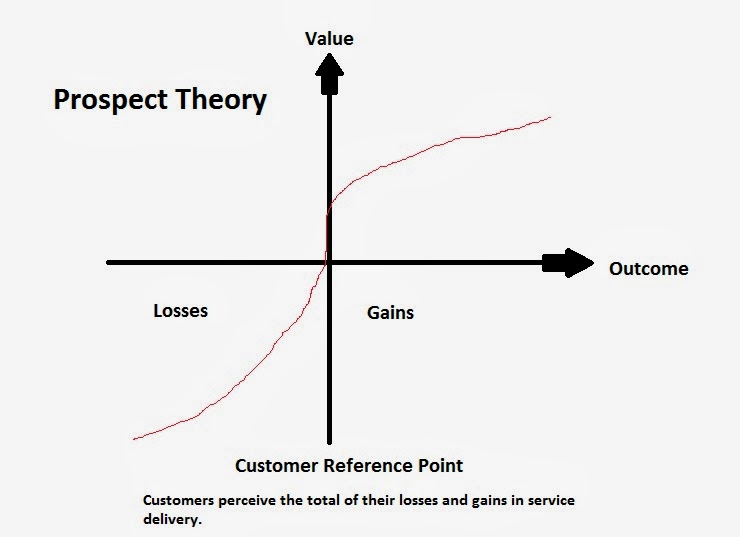Work-life balance is a common HR program that
attempts to balance the needs between work and home life. That balance can be
difficult to find if one is working in the service industry, consistent
overtime, or in a high pressure salaried positions. Taking time to find that
balance will help ensure that employees maintain a well-rounded and productive life
that takes into account the whole person. The strategy a company uses to manage
their business may have an impact on their desire to implement their own work-life
balance programs.
A regular schedule can help people find a level of consistency
that doesn’t occur if schedules are randomly changed every week. The unpredictability
of work situations impacts work-life conflict, time-based conflict and
strain-based conflict as measured through employee stress (Henly & Lambert,
2014). As schedules move around employees have difficulties planning activities
from week to week.
Certain sectors of the labor market have more
difficulty in finding work-life balance. This is often a direct result of
either too much overtime, as seen in hourly jobs in construction, or inflexible
work hours in low wage occupations prevalent in the service industry. At this
level, employees don’t have much control over their schedules that can cause
stress when problems arise.
Executives can also have difficulty managing the
demands between work and home life. When a person is responsible for a team of
employees, a substantial amount of assets, and the success of a department it
can be difficult to simply ignore problems to spend time with family. When an
important phone call comes in it is expected that they drop what they are doing
and handle the problem straight away.
The type of business strategy a company uses to
guide its decisions will have an impact on their work-life balance. Those
companies that follow a product leadership business strategy are more likely to
adopt work-life programs when compared to those that are focused on cost
leadership business strategies (Wang & Verma, 2009).
Product leadership strategies focus more on the
holistic approach to creating and selling products. Culture is one of those
important components to overall success and therefore decisions to encourage
work-life balance can help in encouraging higher output on an organizational
level. When cost strategies take precedence it doesn’t take long to find such
programs on the back burner of corporate emphasis. Decision-makers should
consider the long term needs of employees in addition to the short-term
financial success of the business to ensure talent is retained and fully
engaged.
Henly, J. & Lambert, S. (2014). Unpredictable
work timing in retail jobs: implications for employee work-life conflict. Industrial & labor Relations Review, 67
(3).
Wang, J. & Verma, A. (2014). Explaining
organizational responsiveness to work-life balance issues: the role of business
strategy and high performance work systems. Academy
of Management annual Meeting Proceedings. DOI: 10.5465/AMBPP.2009.44257659
